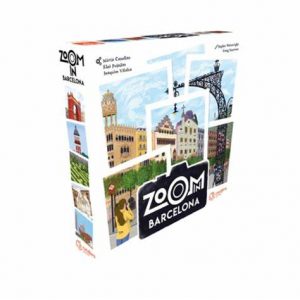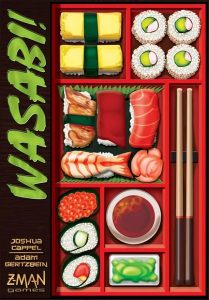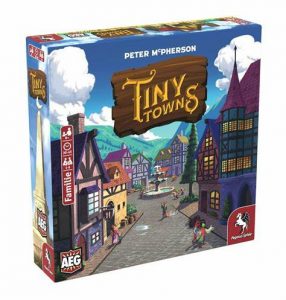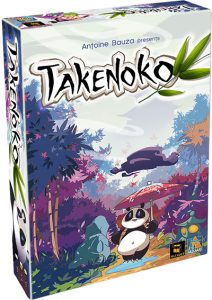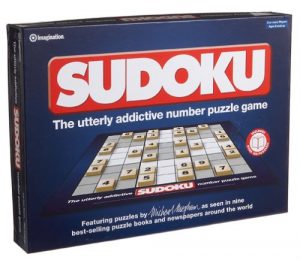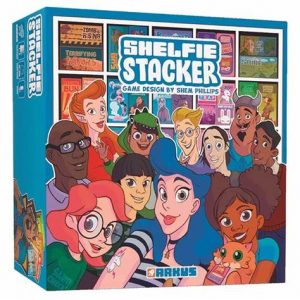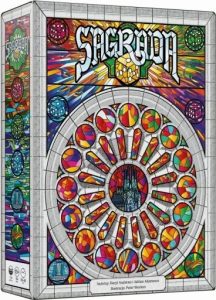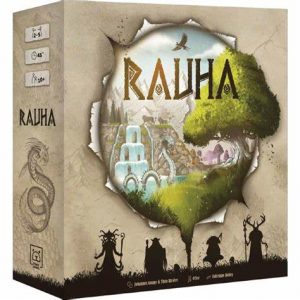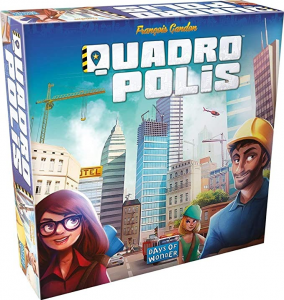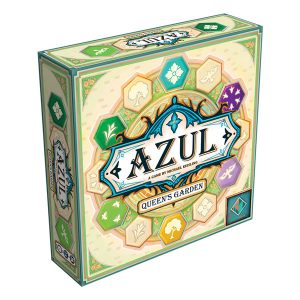
Azul: Queen's Garden
Welcome back to the palace of Sintra! King Manuel I has commissioned the best garden designers of Portugal to construct the most extraordinary garden for his wife, Queen Maria of Aragon.
In Azul: Queen’s Garden, players are tasked with arranging a magnificent garden for the King’s lovely wife by arranging beautiful plants, trees, and ornamental features.
Using an innovative drafting mechanism, the signature of the Azul series, players must carefully select colorful tiles to decorate their garden. Only the most incredible garden designers will flourish and win the Queen’s blessing.
Game Mechanics:
- Abstract Strategy
- Pattern Building
- Puzzle
- Set Collection
- Tile Placement
Game Specifications:
- 2 – 4 Players
- 45 – 60 Minutes
- Difficulty Weight 2.91
